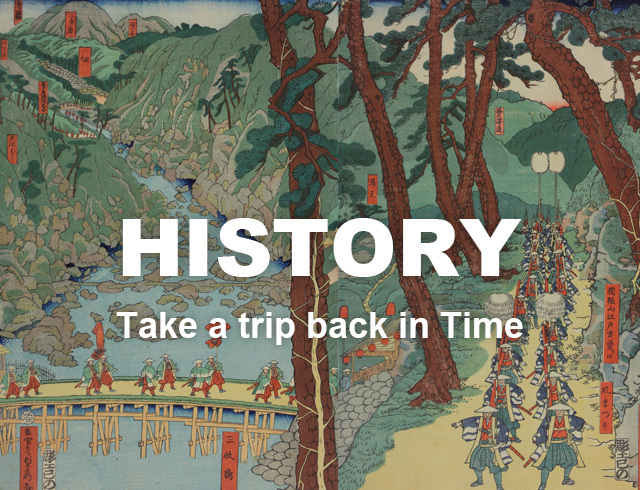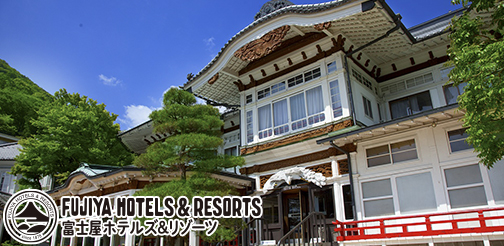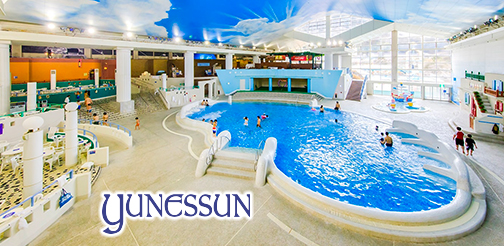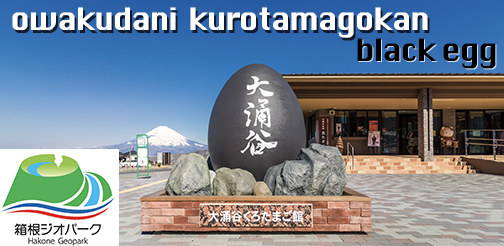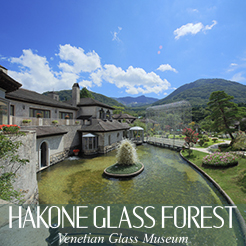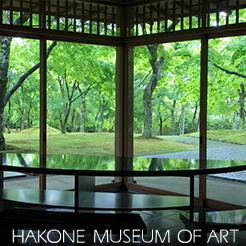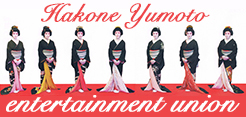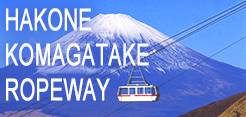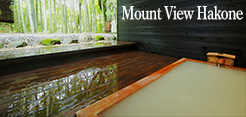The Hakone Daimonji-yaki is the last major festival of summer in Hakone and involves lighting torches on a hillside in lines forming the character “dai” 大 (great, large). It takes place on August 16, the final day of the Buddhist Obon period, during which people honor the spirits of their ancestors by temporarily welcoming them back into the realm of the living. In practice, this means visiting and cleaning graves, remembering the deceased, and simply spending time with one’s family. While the Daimonji-yaki was started in 1921 to promote tourism at a time when Hakone was just emerging as a leisure destination, its role in customary beliefs—and that of the more famous Gozan no Okuribi festival in Kyoto, on which it was modeled—is to guide ancestral spirits back to the afterlife. The fires, placed near the summit of Mt. Myojin in Gora, are fueled by 200 to 300 torches, each one a bundle of about a hundred stalks of shinodake bamboo, which are tied together and set up on the mountainside. Local volunteers gather every Sunday between June and the day of the festival to prepare for the event; the finished character is more than 100 meters top-to-bottom and almost as wide. Once lit, the torches are quickly turned over to set fire to their other end, ensuring quick and even combustion. Fireworks are also set off as the fires burn, giving the spirits of the dead a spectacular sendoff.
This English-language text was created by the Japan Tourism Agency.

